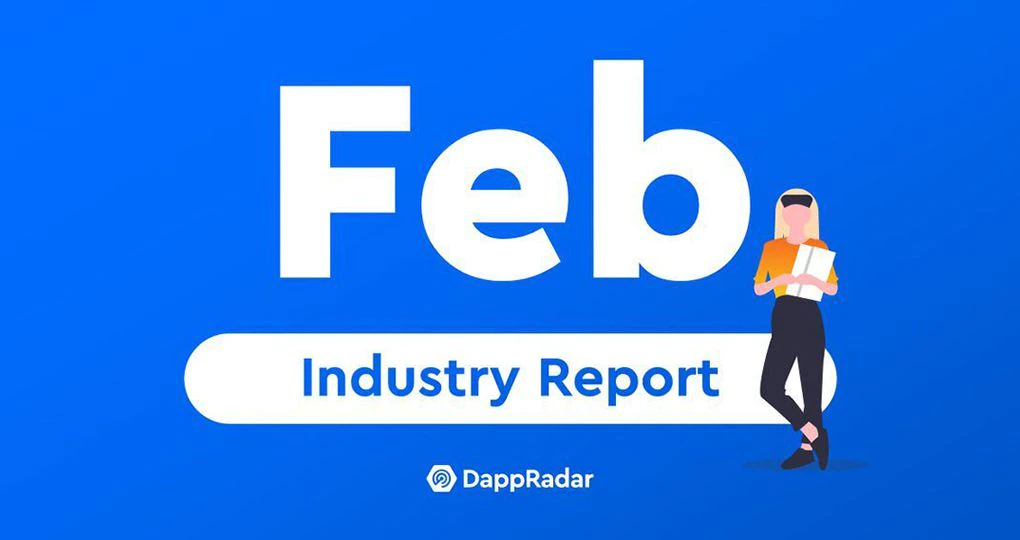Ethereum Scanner Etherscan Adds OpenAI-Based Tool to Analyze Smart Contract Source Code
Etherscan, one of the most commonly used Ethereum blockchain scanning websites, introduced a tool that uses artificial intelligence (AI) to help users interpret the source code of smart contracts, according to a post on its website.
The tool, based on AI technology developed by OpenAI, allows users to ask for an explanation of the entirety or parts of the source code of a smart contract, Etherscan said. Users can also retrieve the “read” and “write” functions of a smart contract such that they can “make informed decisions” on how to interact with them as well as explore possible ways of using them in decentralized applications, the post said.
Following the explosion of interest in AI spurred by the popularity of OpenAI’s ChatGPT chatbot, blockchain and crypto companies have rushed to support traders and developers with tools based on the technology. Last week, crypto exchange Bybit integrated ChatGPT into its trading platform.
Etherscan said the tool is meant for informational purposes only and encouraged users to verify its answers instead of relying on them solely for evidence or bug bounty submissions.
In order to use Code Reader, as the Etherscan tool is called, users need to connect to OpenAI’s API and have sufficient usage limits. An API, or application programming interface, allows two computer programs to communicate and share information. Etherscan’s tool currently doesn’t allow for conversation threads with the chatbot and can be queried only through one-off prompts.
Edited by Sheldon Reback.









